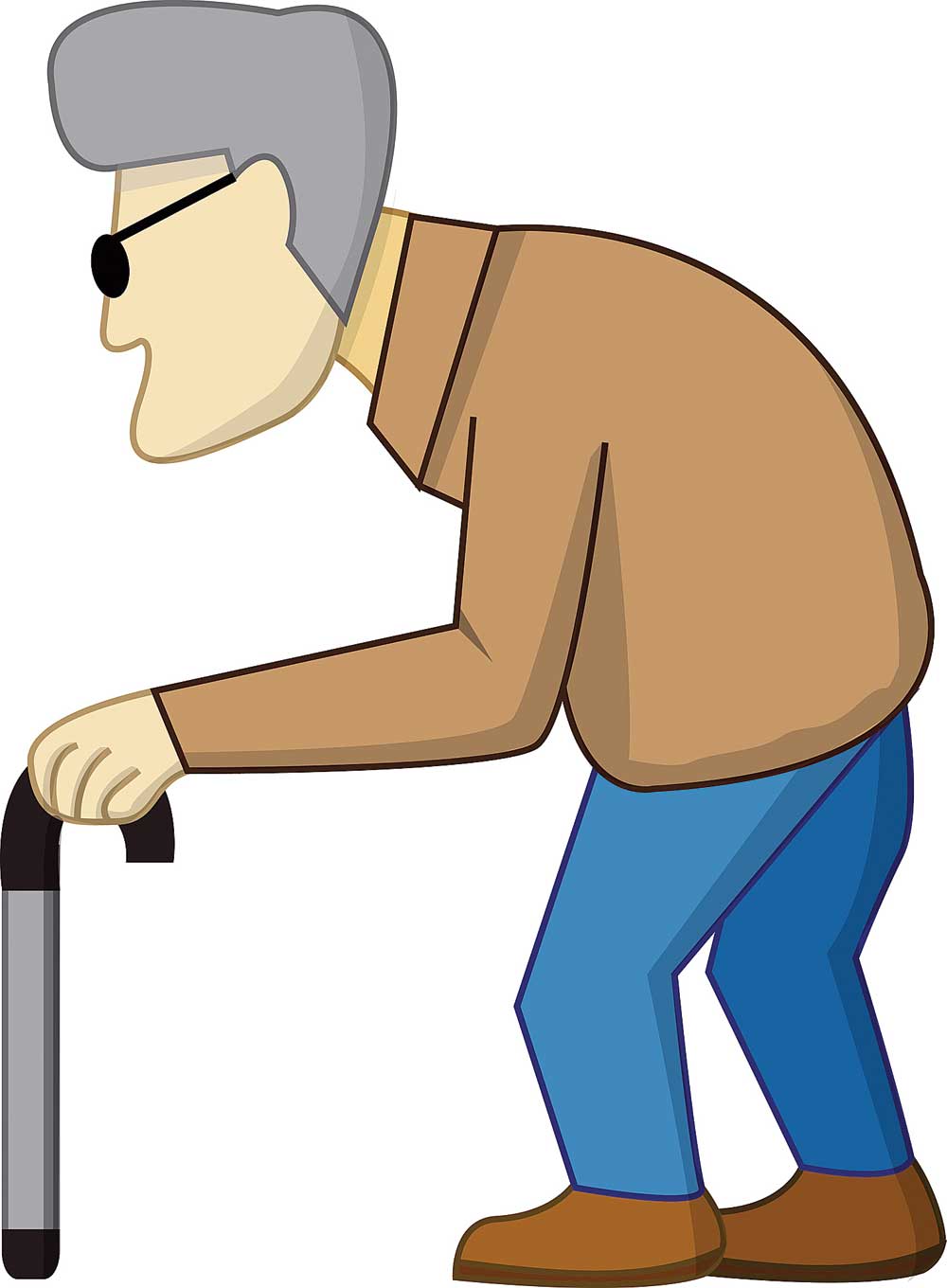The human body stays erect with the help of the 33 vertebrae of the spine, which are stacked one on top of the other and cushioned by intervertebral discs. The spine has two natural curvatures at the lumbar (back) and the thorax (chest) regions — usually between 20 and 45 degrees. Sometimes this curvature is so exaggerated — more than 50 degrees — that it becomes obvious to the naked eye, resulting in an unsightly “hunchback”. Called kyphosis, it can be present in any age group but is commoner in older women and is then derogatorily referred to as “dowager’s hump”.
Kyphosis may be postural, especially in teenagers. Their growing bones are thrown out of alignment by slouching over homework or watching television or by the heavy school bag.
As age advances, vertebrae can weaken due to unrecognised fractures and degeneration of the discs. Lack of Vitamin D3 and calcium can lead to the onset of osteoporosis. All of this can cause the vertebrae to bend.
Rarely, kyphosis may be present from birth, worsen and become obvious as the child grows. It may be due to certain genetic syndromes such as Marfan’s or Ehlers-Danlos.
Cancer in the vertebrae may cause kyphosis. Even if the cancer is elsewhere, chemotherapy and radiation can cause weakening of the bones.
Kyphosis, though unsightly, can initially be asymptomatic. As it becomes severe, it causes pain and stiffness. The two shoulders appear to be of different heights. The legs show weakness, tingling and numbness. The large muscles (hamstrings) at the back of the thigh can become stiff, making walking difficult. Breathing may become difficult. There can be acid reflux.
Evaluation of kyphosis usually involves blood tests for Vitamin D3, calcium and phosphorous levels, bone density, X-rays, CT or MRI scans.
While analgesics help reduce the pain, long-term use has side effects such as stomach ulcers and kidney damage. It is better to treat the underlying cause of kyphosis. Vitamin D3 levels should be supplemented if deficient. Weak osteoporotic bones can be treated with appropriate medication like bisphosphonates, estrogen analogues, parathyroid hormone, calcitonin and calcium supplementation.
Wearing body braces for a few hours a day to correct the posture is likely to be effective in children and teenagers.
Yoga offers many asanas that correct posture. If done correctly at least three days a week, it may reverse the changes of kyphosis. Many exercises are also taught by therapists to correct posture and kyphosis. They should be done every single day throughout your life. Fast walking, jogging, running and dancing produce tiny stress fractures in the vertebrae. This results in deposition of new bone tissue, preventing age-related kyphosis.
If the deformity interferes with a productive life because of pain or breathing difficulties, surgery, using a technique called spinal fusion, may be required. It should only be considered as a last resort.
There are no shortcuts or easy solutions to kyphosis. Diet, medication (usually supplements) and exercise should be sincerely followed.
The writer is a paediatrician with a family practice at Vellore and the author of Staying Healthy in Modern India. If you have any questions on health issues, please write to yourhealthgm@yahoo.co.in










